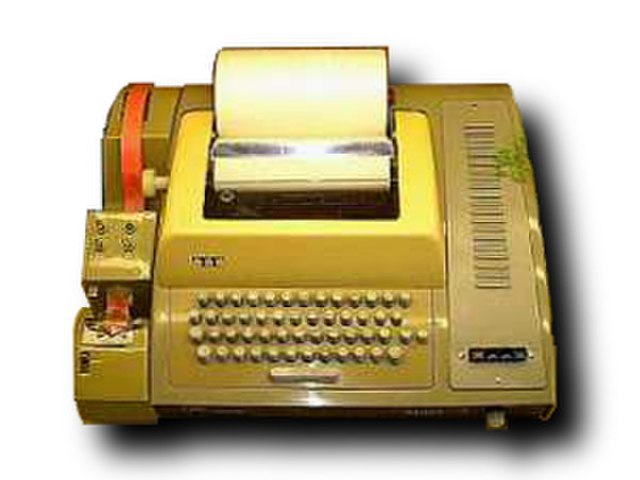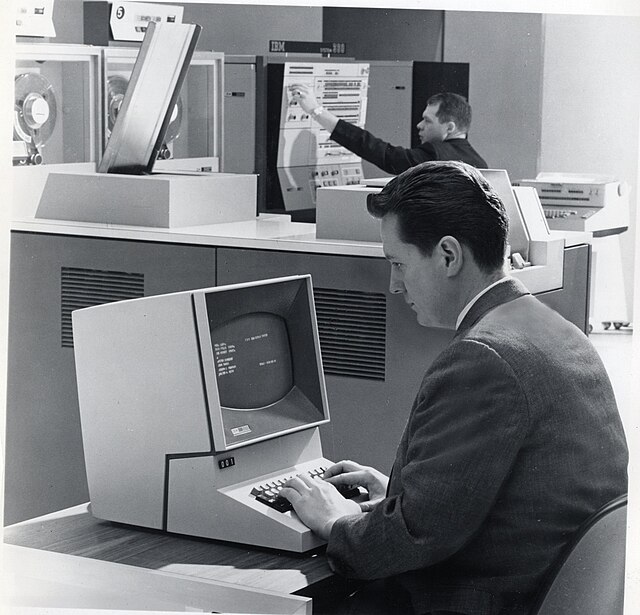Text-based user interface
In computing, text-based user interfaces (TUI), is a retronym describing a type of user interface (UI) common as an early form of human–computer interaction, before the advent of bitmapped displays and modern conventional graphical user interfaces (GUIs). Like modern GUIs, they can use the entire screen area and may accept mouse and other inputs. They may also use color and often structure the display using box-drawing characters such as ┌ and ╣. The modern context of use is usually a terminal emulator.
Embedded system displaying menu on an LCD screen
A computer terminal is an electronic or electromechanical hardware device that can be used for entering data into, and transcribing data from, a computer or a computing system. The teletype was an example of an early-day hard-copy terminal and predated the use of a computer screen by decades. Starting in the mid-1970s with machines such as the Sphere 1, Sol-20, and Apple I, terminal circuitry began to be integrated into personal and workstation computer systems, with the computer handling character generation and outputting to a CRT display such as a computer monitor or, sometimes, a consumer TV.
A Teletype Model 33 ASR teleprinter, usable as a terminal
Closeup of an IBM 2741 printing terminal, which used a changeable Selectric "golfball" typing element and was faster than the earlier teletype machines
IBM 2260
ADM-3A





